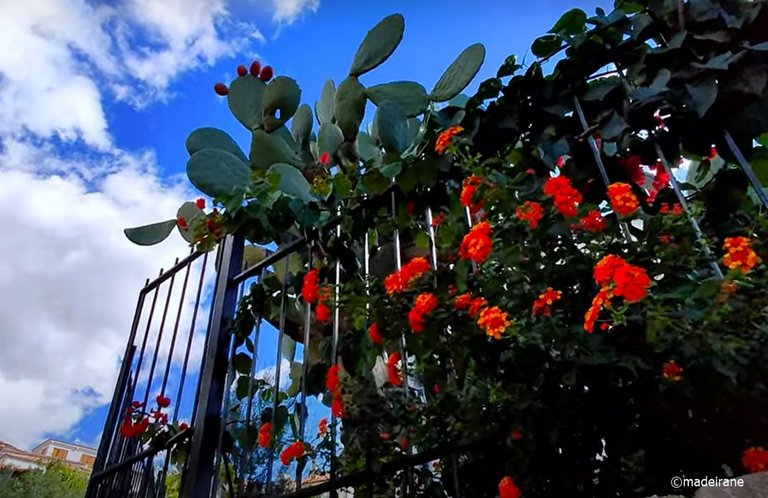
I will continue to immerse you in good sunny weather. This time again about sunny Albania that we have been passing by on our road home. After all, someday you may want to fly on trips to the seas, and maybe it will be Albania, and this is where my review will come in handy.
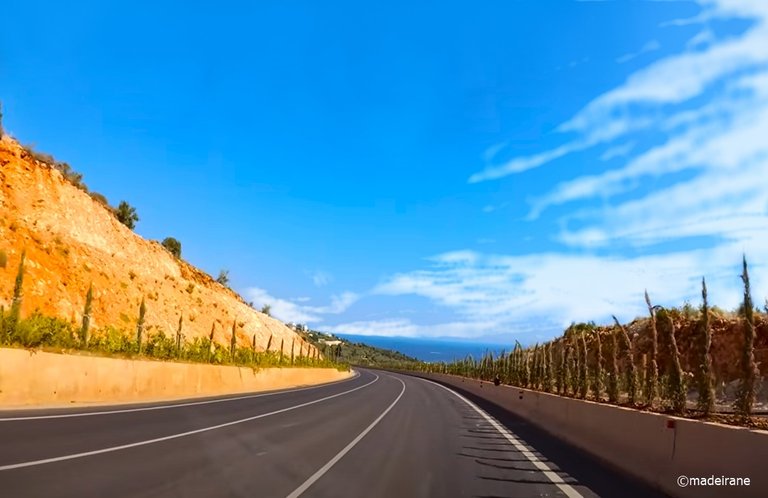
Those who are even slightly interested in Albania will probably remember the difficult path the country took before gaining independence in 1912. And although Albanian historians consider their people to be descendants of the Illyrians, that is, in the times of the Roman Empire, the long Ottoman rule brought many Turkish customs and traditions to Albania.
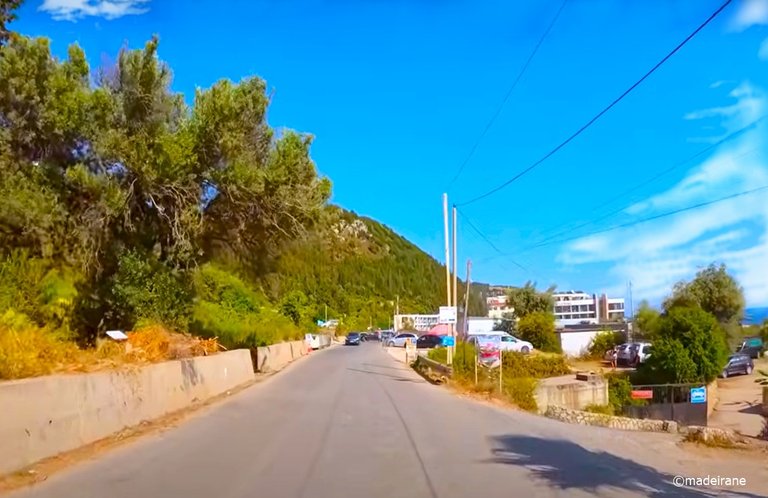
But today I want to tell you about the small town of Dhermi, which, with its ethnic composition of the population, reminds us of another page of Albanian history. Constant conflicts between the Greeks, who rightly considered themselves civilized descendants of the ancient Greeks, and the Illyrians determined the relationship for centuries. Even in very recent history, border conflicts between the two countries are not uncommon. And in the south of Albania, there are settlements where ethnic Greeks make up the majority. So, in Dhermi, the majority are ethnic Greeks. The town even has a Greek name - Drymades. And the last conflict broke out here quite recently, in 2015.
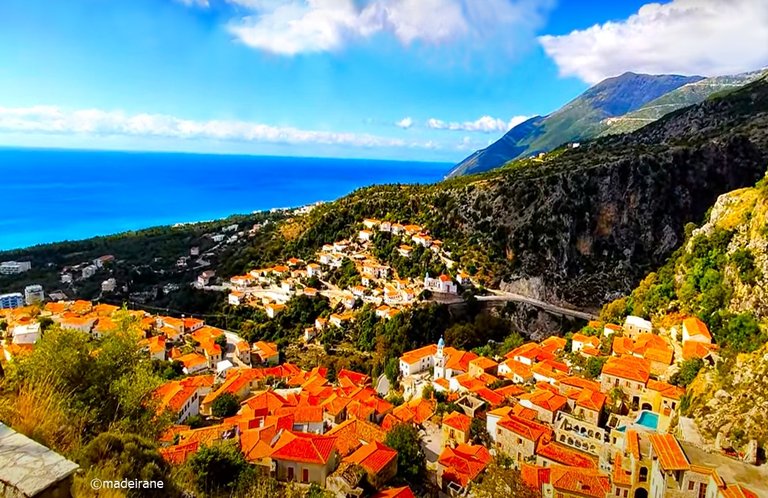

Dhermi is the starting point of the Albaninan Riviera. Exactly for this name, we wanted to check it. But that's not what I'm talking about. And not even about that, it's easy to distinguish a Greek courtyard from the Albanian one by external signs, because the Greeks will definitely have blue gates, and the Albanians will have gray ones. And everything else in the Greek estate will correspond to the color of the Greek flag in white and blue tones.

I'm talking about the beauty of the town from a tourist's point of view, as Dhermi is located between picturesque mountains and the coast of the Ionian Sea. There are no communal residential buildings in Dhermi. Everything here is private and low-rise. We didn’t see any buildings higher than two stories, and we made our way from the seashore to the highest point of the town. Even in the very center...
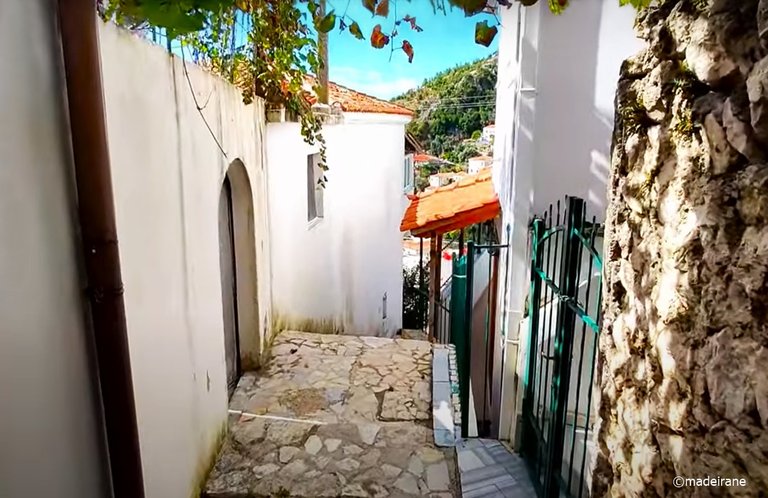
This place can be called both a city and a village. But in guidebooks they call it whatever they want. I am not ready to say that there is a regular bus here, because I do not know. We came there by car. We planned the route - Dermi - Himara - Borsh - Vlora. And we managed to see everything during the daylight hours.
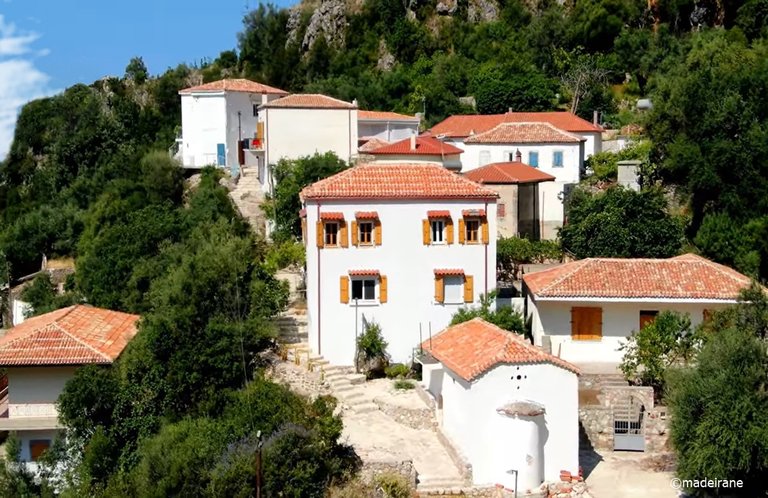
Perhaps the biggest attraction of the place is the sea itself. And the beaches. It is from here that the Albanian Riviera begins. All beaches in Albania are free (equipment on the beaches is paid). The length of the biggest beach in Dhermi is 1.7 km, the width of the beach strip reaches 70 m.
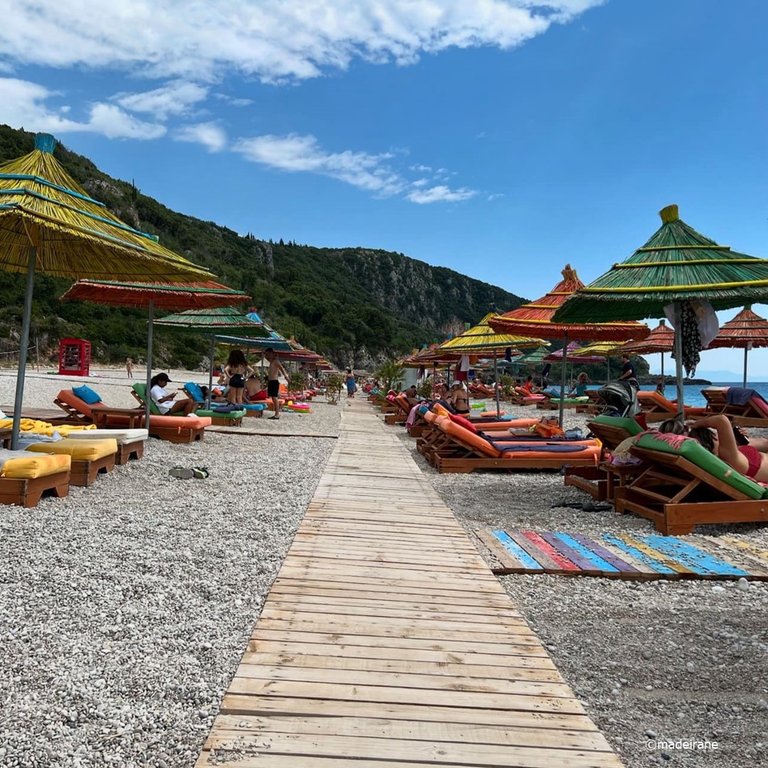
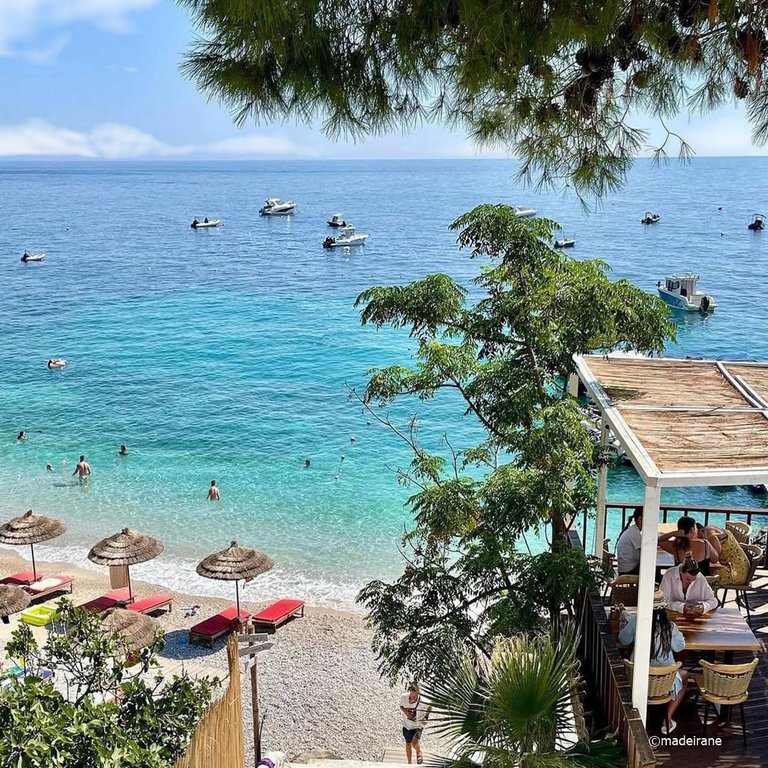
The settlement is divided into 2 parts: old and new development. The latter, naturally, is closer to the sea. Apartments for tourists are located right on the coastline. Between the sea and the old place the distance is about 2 kilometers. We had to go up the mountain along a small serpentine road. Perhaps the main attraction here is the temple and monastery of St. Mary. It rises above the settlement.
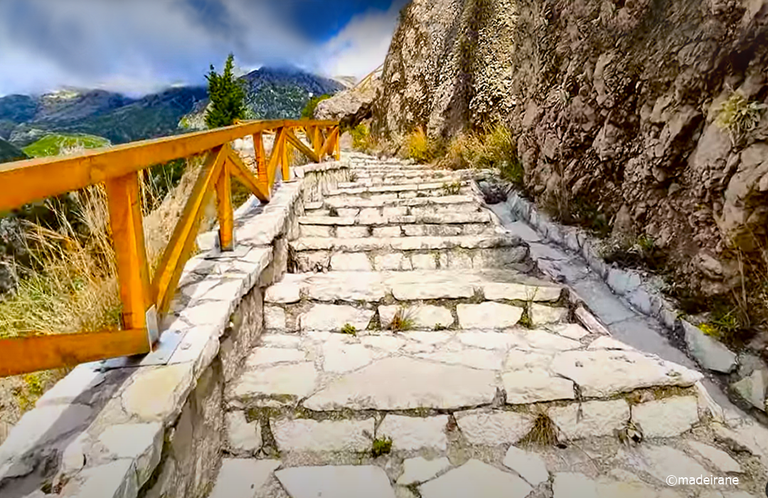
We had to climb up narrow streets. The stones that pave the streets are very slippery, and this makes the descent difficult. There are gorgeous views from there. The place is very ancient - it already existed in the Byzantine period.
The streets are quite narrow, as are the roads. If two large vehicles meet, a traffic jam is inevitable. We stood for 20 minutes until a bus and a fuel truck passed each other. Don't be lazy, go up there.
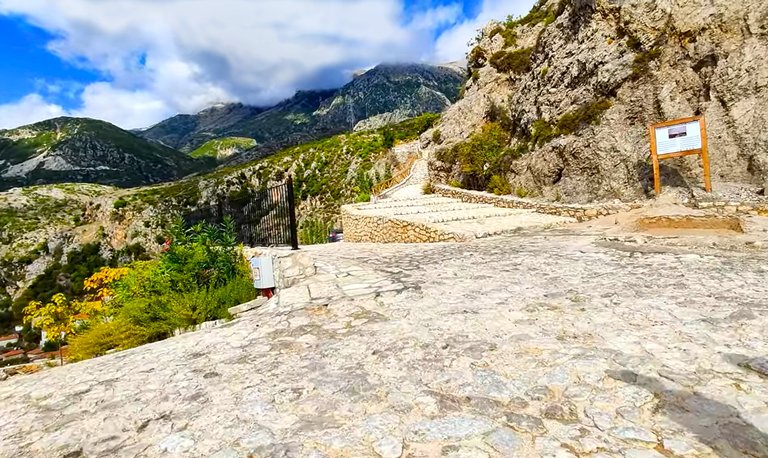
An Orthodox church is consecrated as a Church of the Holy Virgin Mary with quite recognizable Balkan architecture. We were told that in the scientific library of Florence, there is a source that speaks of the church as a very old temple. It is difficult to say how true this statement is, because temples, as we know, were and are rebuilt quite often. And the age of the church cannot be accurately determined by its appearance. But the place looks very ancient - it already existed in the Byzantine period.
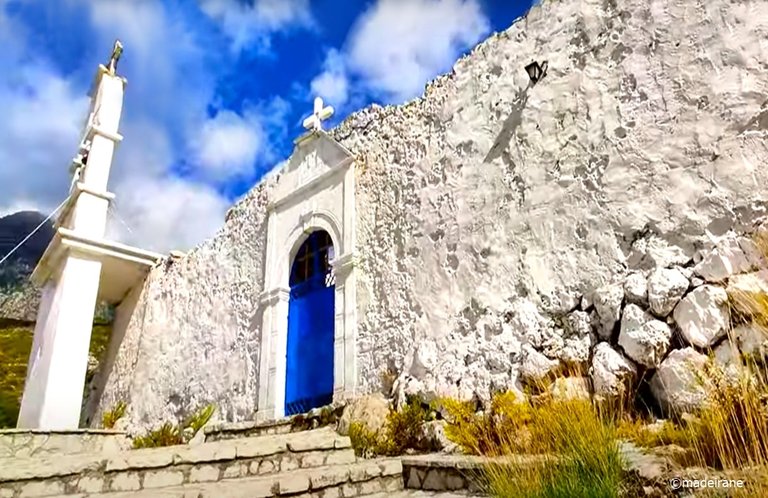
Remember, I wrote that Greek courtyards in Dhermi are easy to distinguish from Albanian ones? From the photo, you can determine the church affiliation yourself. That's right - it's Greek. That's why it's Orthodox. I like that it survived. What I saw, touched me. And not only me. It seemed as if we had touched miraculously preserved antiquity.
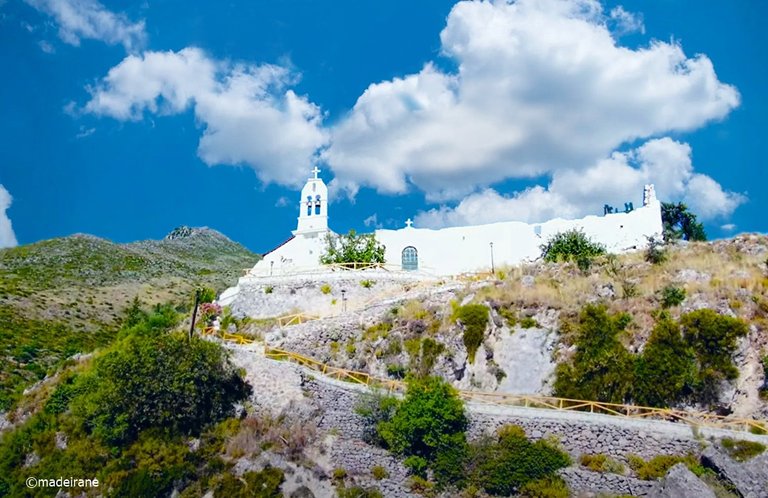
If you pay attention, you won't see any minarets in the photo. This part of the country is rather Christian. As the people of Dhermi consider themselves descendants of the Greeks, hence the Greek Catholic churches.
Looking at the Dhermi from above, you understand that not only Prague is golden-domed. And also, there are passages between these houses, so, you can go down or just get lost between the houses and the yards. At the same time, you can count the number of Christian churches as there are a bunch of them.
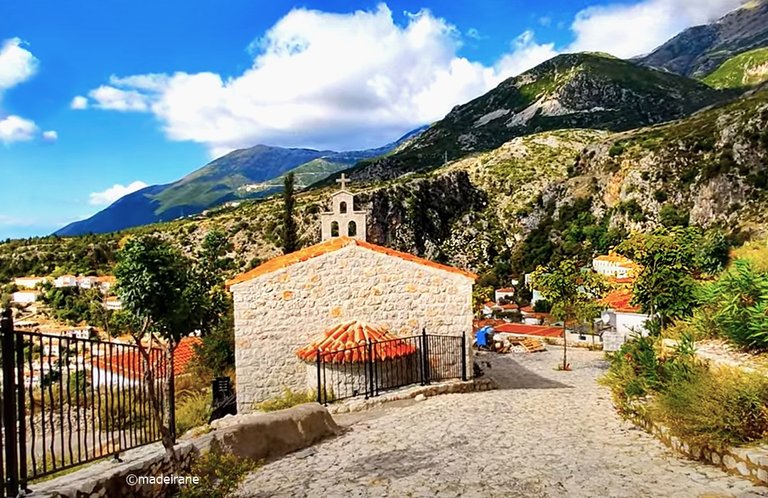
By the way, the path up is quite well-maintained. You can rest on the benches there. And it is also a region of olive oil. Here, every self-respecting resident knows how to do it.
Actually, it is very pleasant to walk around the village. You feel like you are moved to another dimension of life. Two hours is enough in exploring this village, if you don't get lost among the houses with red roofs.
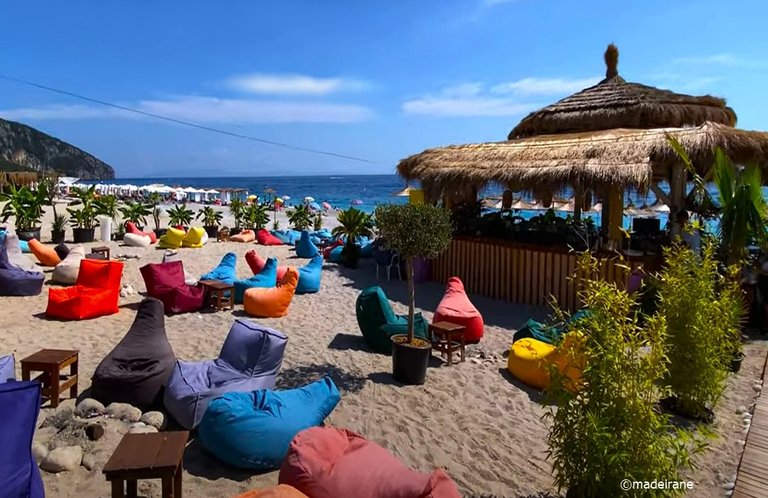
💝💝💝💝💝💝💝💝💝💝
Photos are taken by me.
© 2024With love @madeirane
Translated from Lithuanian with DeepL.com (free version).
Aš ir toliau jus panardinsiu į gerą saulėtą orą. Šį kartą vėl apie saulėtąją Albaniją, pro kurią važiavome pakeliui namo. Juk kada nors galbūt norėsite skristi į keliones prie jūros, o galbūt tai bus Albanija, ir čia pravers mano apžvalga.
Tie, kurie bent šiek tiek domisi Albanija, tikriausiai prisimena, kokį sudėtingą kelią šalis nuėjo prieš 1912 m. iškovodama nepriklausomybę. Ir nors albanų istorikai savo tautą laiko ilyrų, t. y. Romos imperijos laikų palikuonimis, ilgas Osmanų imperijos valdymas į Albaniją atnešė daug turkiškų papročių ir tradicijų.
Tačiau šiandien noriu papasakoti apie nedidelį Dhermi miestelį, kuris savo etnine gyventojų sudėtimi primena kitą Albanijos istorijos puslapį. Nuolatiniai konfliktai tarp graikų, kurie pagrįstai save laikė civilizuotais senovės graikų ir ilyrų palikuonimis, ilgus šimtmečius lėmė tarpusavio santykius. Net ir pačioje naujausioje istorijoje pasienio konfliktai tarp šių dviejų šalių nėra retas reiškinys. Ir Albanijos pietuose yra gyvenviečių, kuriose etniniai graikai sudaro daugumą. Taigi Dhermi mieste daugumą sudaro etniniai graikai. Miestas net turi graikišką pavadinimą - Drymades. O paskutinis konfliktas čia kilo visai neseniai, 2015 m.
Dhermi yra Albanijos Rivjeros pradžia. Būtent dėl šio pavadinimo norėjome jį pamatyti. Bet ne apie tai aš kalbu. Ir net ne apie tai, graikišką kiemą nuo albaniško nesunku atskirti pagal išorinius ženklus, nes graikai tikrai turės mėlynus vartus, o albanai - pilkus. O visa kita graikų valdoje atitiks Graikijos vėliavos spalvas baltais ir mėlynais tonais.
Kalbu apie miestelio grožį turistiniu požiūriu, nes Dhermi yra tarp vaizdingų kalnų ir Jonijos jūros pakrantės. Dhermi mieste nėra komunalinių gyvenamųjų pastatų. Viskas čia privatu ir mažo aukščio. Nematėme aukštesnių nei dviejų aukštų pastatų, o nuo jūros pakrantės keliavome į aukščiausią miestelio tašką. Net pačiame centre...
Šią vietą galima vadinti ir miestu, ir kaimu. Bet giduose ji vadinama kaip tik nori. Nesu pasiruošusi sakyti, kad čia kursuoja reguliarus autobusas, nes nežinau. Mes ten atvažiavome automobiliu. Suplanavome maršrutą - Dermi - Himara - Boršas - Vlora. Ir mums pavyko viską pamatyti dienos metu.
Bene didžiausia šios vietos įžymybė - pati jūra. Ir paplūdimiai. Būtent nuo čia prasideda Albanijos Rivjera. Visi paplūdimiai Albanijoje nemokami (įranga paplūdimiuose mokama). Didžiausio Dhermi paplūdimio ilgis - 1,7 km, paplūdimio juostos plotis siekia 70 m.
Gyvenvietė padalinta į 2 dalis: senąją ir naująją. Pastaroji, savaime suprantama, yra arčiau jūros. Apartamentai turistams įrengti prie pat pakrantės. Nuo jūros iki senosios vietos atstumas yra apie 2 km. Į kalną teko kilti nedideliu serpantinu. Turbūt pagrindinis lankytinas objektas čia yra Marijos šventykla ir vienuolynas. Ji iškilusi virš gyvenvietės.
Turėjome pakilti siauromis gatvelėmis. Akmenys, kuriais grįstos gatvelės, labai slidūs, todėl nusileidimą apsunkina. Iš ten atsiveria nuostabūs vaizdai. Vietovė labai sena - ji egzistavo jau Bizantijos laikotarpiu.
Gatvės gana siauros, kaip ir keliai. Susitikus dviem didelėms transporto priemonėms, neišvengiama spūstis. Stovėjome 20 minučių, kol vienas kitą aplenkė autobusas ir degalų sunkvežimis. Nepatingėkite, važiuokite ten.
Stačiatikių cerkvė pašventinta kaip Švenčiausiosios Mergelės Marijos cerkvė su gana atpažįstama balkaniška architektūra. Mums pasakojo, kad Florencijos mokslinėje bibliotekoje yra šaltinis, kuriame apie cerkvę kalbama kaip apie labai seną šventyklą. Sunku pasakyti, kiek šis teiginys teisingas, nes šventyklos, kaip žinome, buvo ir yra gana dažnai perstatomos. O bažnyčios amžiaus negalima tiksliai nustatyti pagal jos išvaizdą. Tačiau ši vieta atrodo labai senoviška - ji egzistavo jau Bizantijos laikotarpiu.
Pamenate, rašiau, kad graikiškus kiemus Dhermi mieste lengva atskirti nuo albaniškų? Iš nuotraukos patys galite nustatyti bažnyčios priklausomybę. Teisingai - ji graikiška. Štai kodėl ji yra stačiatikių. Bet man patinka, kad ji išliko.
Tai, ką pamačiau, mane sujaudino. Ir ne tik mane. Atrodė, tarsi prisilietėme prie stebuklingai išlikusios senovės. Jei atkreipsite dėmesį, nuotraukoje nepamatysite jokių minaretų. Ši šalies dalis gana krikščioniška. Dhermi gyventojai laiko save graikų palikuonimis, todėl čia stovi graikų katalikų bažnyčios.
Žvelgdamas į Dhermi iš viršaus supranti, kad ne tik Praha yra auksakupolė. Be to, tarp šių namų yra praėjimai, taigi, galima nusileisti žemyn arba tiesiog pasiklysti tarp namų ir kiemų. Kartu galite suskaičiuoti, kiek čia yra krikščioniškų bažnyčių, nes jų yra ne viena.
Beje, keliukas aukštyn yra gana gerai sutvarkytas. Čia galima pailsėti ant suoliukų. Be to, tai ir alyvuogių aliejaus regionas. Čia kiekvienas save gerbiantis gyventojas žino, kaip tai daryti.
Tiesą sakant, labai malonu pasivaikščioti po kaimą. Jautiesi tarsi persikėlęs į kitą gyvenimo dimensiją. Dviejų valandų užteks ir apžiūrėti šį kaimą, jei nepasiklysite tarp namų raudonais stogais.
Congratulations, your post has been added to WorldMapPin! 🎉
Did you know you have your own profile map?
And every post has their own map too!
Want to have your post on the map too?
Hi - thanks for this post. It is very interesting.
The unfortunate is that there are Greeks living in Albania and we have also a Patriarchate there, but the land is considered Albanian based on treaties signed in early 20th century. We (in Greece) call a small place over Epirus Perfecture in Albania, North Epirus, which is considered Greek-Albanian to us.
The same thing stands with people from Turkey here in Greece and with Greeks in Turkey (Istanbul). I believe that those people have lost their rights and their fortune, but refuse to go back to the country of origin, because this is what they consider home. Have a look at the Beleris case. Once he was voted Mayor in Himarra, the country imprisoned him and only recently was set free...
Very beautiful photos my friend
What an interesting historical explanation I didn't know much about the recent history of Greece and Albania, by the way the place looks awesome and traditional 😍